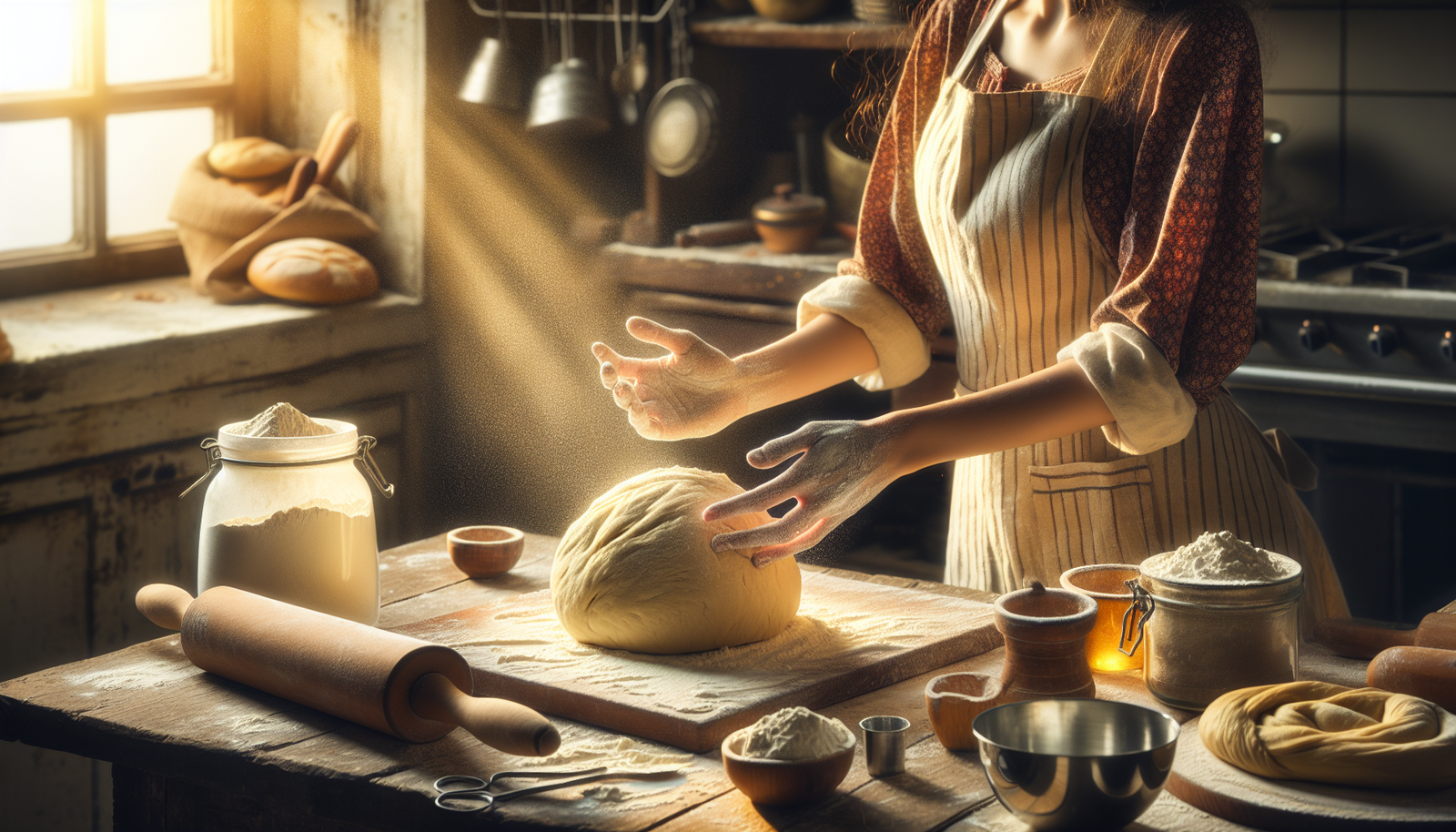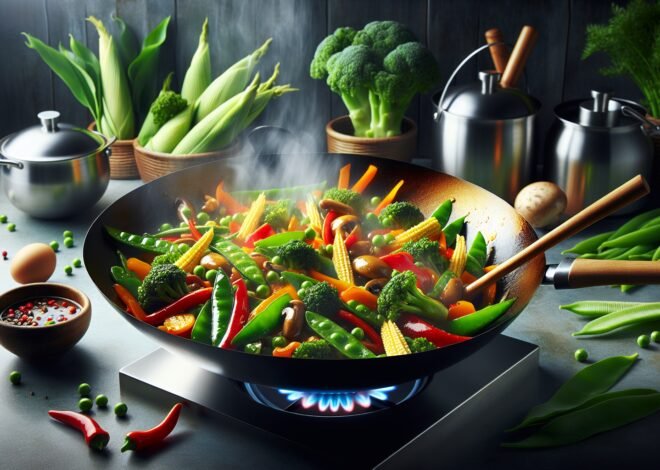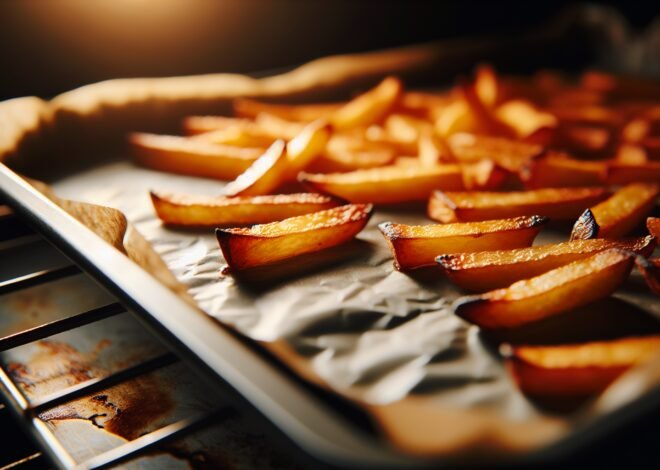
How to Knead Dough for Perfect Bread Texture
Knead dough skillfully to achieve the perfect bread texture. This essential technique significantly impacts the bread’s flavor and crumb structure. Did you know that properly kneaded dough can make your bread 25% softer and tastier? This guide will cover everything from how to knead dough effectively to recognizing when it’s perfectly elastic and ready to rise. Whether you’re a seasoned baker or a beginner, understanding the kneading process is crucial for baking success. Discover the secrets behind a flawless loaf, and take your baking skills to the next level.
Understanding the Importance of Kneading Dough
Kneading dough is more than just a step in baking; it’s a transformative process that shapes the very essence of bread. The journey from flour and water to a warm loaf is deeply influenced by this technique. Let’s dive into the nuances of why kneading is crucial in bread making.
How Kneading Affects Bread Texture and Gluten Development
The act of kneading plays a vital role in developing gluten, a protein that gives bread its structure. Through kneading, the gluten strands stretch, creating an elastic network that traps gas produced by yeast. This process results in a chewy texture, characteristic of well-made bread. Proper kneading ensures that bread develops a fine crumb and rises evenly, balancing softness and strength.
Without sufficient kneading, bread can be dense and heavy. It lacks the airy texture that defines a perfect loaf. On the other hand, over-kneading can make bread tough, as the gluten becomes overly tight. Striking the right balance is essential for achieving the desired texture.
Common Mistakes in Kneading and How to Avoid Them
Kneading mistakes can derail your baking efforts. One common error is not kneading long enough, leading to underdeveloped gluten. To avoid this, continually check the dough’s elasticity. Another mistake is adding too much flour, making the dough stiff and dry. Instead, keep the surface lightly floured and try oiling your hands if the dough sticks.
Relying too heavily on a machine without checking the dough’s texture is another pitfall. Machines can over-knead quickly, so monitor closely. Sticking to these tips helps you sidestep these common errors, paving the way for successful bread-making.
The Science Behind Dough Kneading: Why It Matters
Kneading is a physical process that activates and organizes gluten proteins. These proteins form a mesh-like network necessary for trapping gases during fermentation. This scientific interplay is what gives bread its structure and rise. Understanding this can greatly enhance your baking skills.
Moreover, kneading helps evenly distribute yeast and other ingredients, ensuring consistent flavor and texture. The friction generated during kneading also warms the dough, aiding in fermentation. Grasping the science behind kneading empowers you to bake with precision and creativity.
Step-by-Step Guide to Kneading Dough for Beginners
For those new to baking, the idea of kneading dough may seem daunting. Yet, with a bit of guidance, anyone can master this essential skill. This step-by-step guide simplifies the process, making it accessible and straightforward for beginners.
Essential Tools You Need for Effective Dough Kneading
Having the right tools makes a difference in kneading efficiency. Here’s a list of essentials:
- Mixing Bowl: Choose a large, sturdy bowl for mixing ingredients.
- Bench Scraper: Handy for cutting dough and cleaning surfaces.
- Flour or Oil: Use for dusting or greasing surfaces to prevent sticking.
- Rolling Pin (optional): Useful for flattening dough in some recipes.
- Stand Mixer (optional): For those who prefer machine kneading.
With these tools, you can tackle any dough recipe with ease and confidence.
Techniques for Hand Kneading vs. Machine Kneading
There are two primary methods for kneading dough: by hand and with a machine. Hand kneading allows for tactile feedback, letting you sense the dough’s readiness. It’s as simple as folding and pressing the dough repeatedly until it becomes smooth and elastic.
Machine kneading, typically done with a stand mixer, is faster and requires less physical effort. Use a dough hook and knead at a low speed to avoid overheating. While machines offer convenience, they can overwork dough if not monitored. Choose the method that suits your needs and preferences.
How Long to Knead Dough for Different Bread Types
The kneading duration varies based on the type of bread you’re making. For basic bread, knead by hand for 10-15 minutes or 8-10 minutes by machine. Enriched doughs, like brioche, require more time due to their higher fat content.
Conversely, doughs like ciabatta need minimal kneading due to their high hydration levels. Understanding these differences lets you tailor your approach, ensuring each bread type achieves its ideal texture.
Troubleshooting Dough Kneading Issues
Even experienced bakers encounter issues with dough kneading. Knowing how to identify and fix problems is key to maintaining bread quality. This section offers solutions to common kneading challenges, helping you rescue your dough and perfect your bake.
How to Fix Over-Kneaded Dough: Tips and Techniques
Over-kneaded dough becomes tight and difficult to shape. To fix it, let the dough rest longer than usual. This relaxes the gluten, making it more pliable. Resting can sometimes take up to an hour.
Another technique is incorporating a small amount of additional water or fat to soften the dough. Be cautious not to overdo it, as this can lead to other issues. These tips help salvage over-kneaded dough, allowing you to proceed with your recipe.
Identifying Under-Kneaded Dough and Corrective Steps
Under-kneaded dough is sticky and lacks elasticity. To identify it, try stretching a piece of dough. If it tears easily, it needs more kneading. To correct this, continue kneading until the dough is smooth and elastic.
Pay attention to the dough’s texture and resilience. Properly kneaded dough should pass the “windowpane test,” where a small piece stretches thin without breaking. Achieving the right consistency ensures a successful bake.
Adjusting Dough for Optimal Consistency and Texture
Maintaining optimal dough consistency is crucial for baking success. If the dough is too dry, add a teaspoon of water at a time, kneading thoroughly after each addition. For sticky dough, dust with small amounts of flour while kneading.
Experiment with hydration levels and ingredient ratios to tailor the dough to your preference. Consistency adjustments often depend on factors like temperature and humidity, so adapt as needed. These tweaks ensure your dough is perfect for baking.
Conclusion
Kneading dough is an essential step in bread-making to develop gluten, which gives bread its structure and texture. The process involves stretching and folding the dough repeatedly. Proper kneading transforms sticky dough into a smooth, elastic one. Techniques such as the traditional method or using a stand mixer are common. Once kneaded, the dough is allowed to rise, completing the preparation for baking.
FAQ
What is the best technique for kneading dough by hand?
Use the push, fold, and turn method. Push the dough away with your palm, fold it back over, and give it a quarter turn. Repeat this process for an even texture.
How long should I knead dough to achieve the perfect texture?
Knead for about 10 to 12 minutes. The dough should become smooth and elastic, indicating optimal gluten formation.
Why is my dough sticky even after kneading?
A sticky dough might need more flour. Gradually add a tablespoon at a time while kneading, ensuring it remains supple and not dry.
Can I over-knead dough, and how can I tell if I have?
Yes, dough can be over-kneaded. It becomes tough and hard to shape. Less elasticity is a clear sign.
How does kneading dough affect gluten development and bread texture?
Kneading aligns gluten strands, creating a network that traps air. This results in a chewy, airy bread texture.
What are some common mistakes to avoid when kneading dough?
Avoid using too much flour. It can dry out the dough. Also, ensure not to rush the kneading process for proper gluten development.











